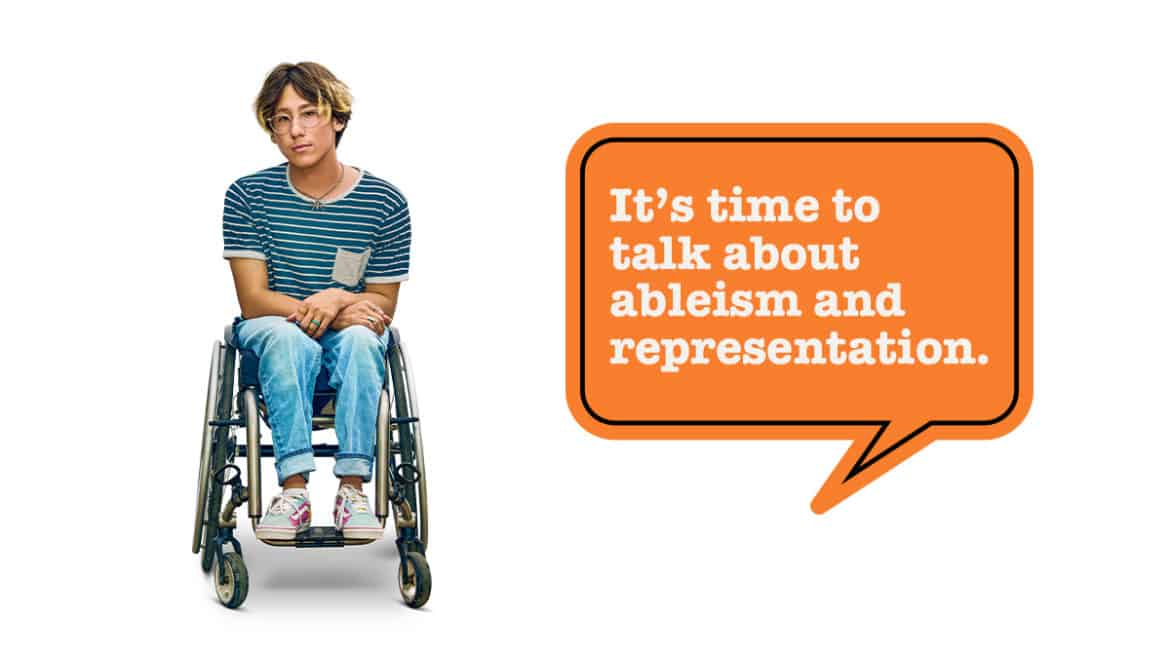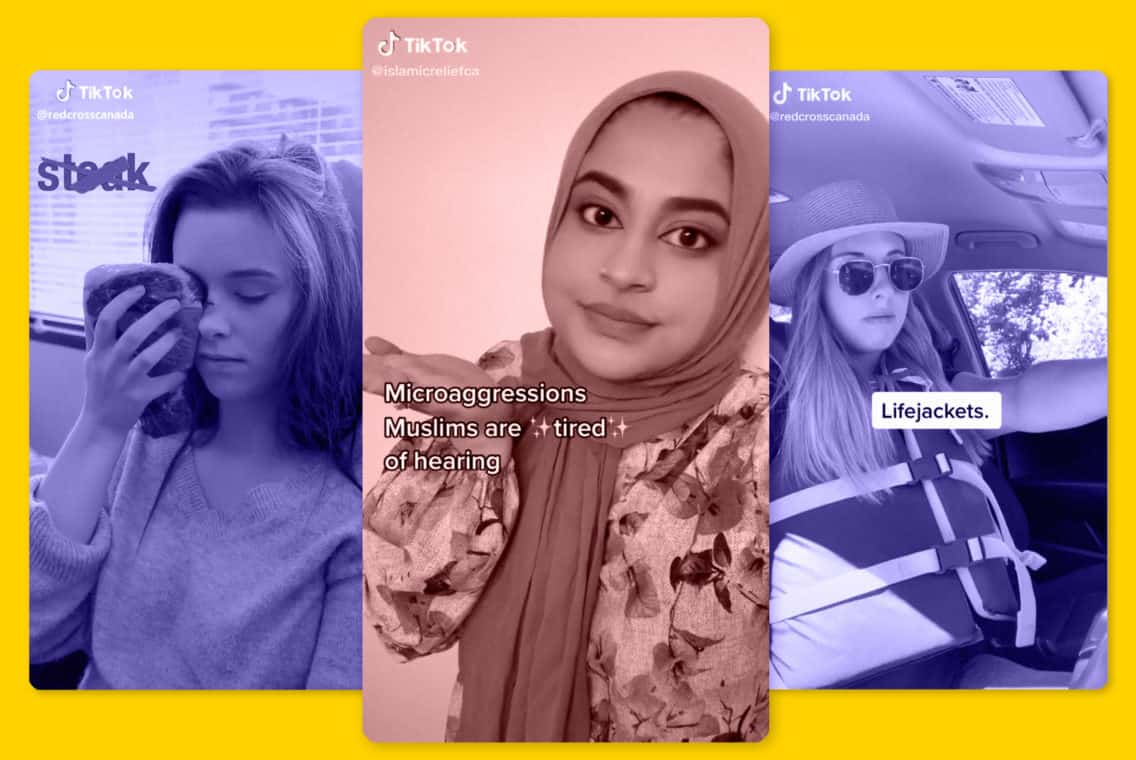Dear Everybody: How one campaign engages young voices to change the narrative on disability
The dominant narratives and stigma around disability can limit children from living full lives. Toronto’s Holland Bloorview Kids Rehabilitation Hospital believes it has a responsibility to challenge that narrative. Here’s how they’re doing it.




